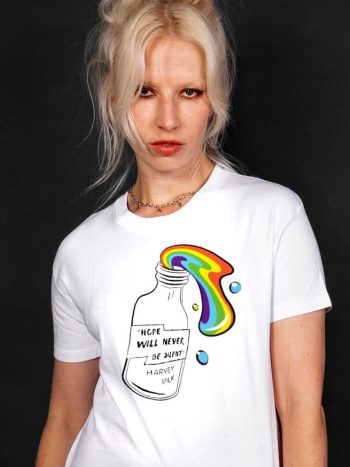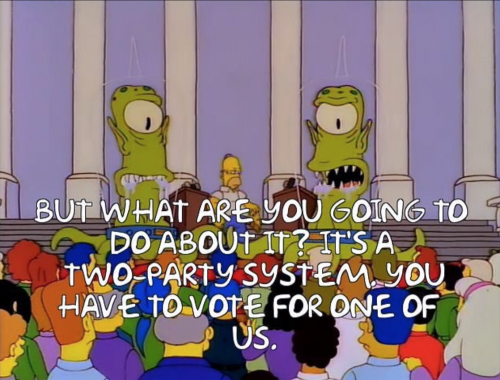Throughout history, governments and institutions have banned books for a variety of reasons, from political or religious content to language or sexual themes. These bans have often been met with resistance from authors, readers, and activists who believe in the freedom of expression and the importance of diverse voices in literature.
Lets explore some of the most notable examples of banned books throughout history and examine what books are currently banned in schools in the UK and US.
Historical Examples of Banned Books
These examples demonstrate the wide range of reasons why books have been banned or challenged throughout history, from political or religious content to sexual themes or explicit language. Despite the controversies surrounding these books, many readers and activists continue to defend the importance of freedom of expression and the diversity of voices in literature. At ALLRIOT, we stand for F-READ-OM. No books should be banned. Ever.
"The Catcher in the Rye" by J.D. Salinger

One of the most famous examples of a banned book is “The Catcher in the Rye” by J.D. Salinger. This classic novel, first published in 1951, has been the subject of controversy for its language, sexual content, and portrayal of teenage rebellion. Despite its popularity among readers, “The Catcher in the Rye” has been banned or restricted in several schools and libraries over the years.
"To Kill a Mockingbird" by Harper Lee

Another classic novel that has faced censorship is “To Kill a Mockingbird” by Harper Lee. This Pulitzer Prize-winning book, first published in 1960, explores themes of racism and injustice in the American South. Despite its critical acclaim and cultural significance, “To Kill a Mockingbird” has been banned or challenged in several schools and libraries for its use of racial slurs and graphic violence.
"1984" by George Orwell

“1984” by George Orwell is a dystopian novel that depicts a totalitarian society where the government has complete control over its citizens’ thoughts and actions. It has been banned or challenged in several schools and libraries for its political commentary and criticism of authoritarianism. The novel has faced censorship in countries like China, where the government views the book as a threat to its authority.
"Lady Chatterley's Lover" by D.H. Lawrence

“1984,” “Lady Chatterley’s Lover” by D.H. Lawrence is another classic novel that has faced censorship. First published in 1928, the book explores the themes of love and sexuality through the story of a married woman’s affair with her husband’s gamekeeper. The novel faced a high-profile obscenity trial in the UK in 1960, and was only allowed to be published uncensored in 1961. It has been banned or restricted in several schools and libraries over the years for its explicit sexual content and language.
"The Diary of a Young Girl" by Anne Frank

Another book that has faced censorship in schools is “The Diary of Anne Frank.” This memoir, first published in 1947, chronicles the experiences of a young Jewish girl and her family during the Nazi occupation of the Netherlands in World War II. Despite its critical acclaim and cultural significance, “The Diary of Anne Frank” has been banned or challenged in several schools for its discussion of sensitive topics like anti-Semitism and the Holocaust.
"The Satanic Verses" by Salman Rushdie

Finally, “The Satanic Verses” by Salman Rushdie is a novel that faced a fatwa (religious edict) by Iranian leader Ayatollah Khomeini, who called for the author’s death due to the book’s perceived blasphemy against Islam. The novel explores the themes of religion and identity through the story of two Indian expatriates living in the UK. Despite the controversy surrounding the book, it has been widely praised for its literary merit and has won several awards.
Banned Books in UK and US Schools Today

“Harry Potter” series by J.K. Rowling – This popular series about a young wizard has been banned or challenged in several schools for its depiction of witchcraft and wizardry, which some believe promotes the occult. Facepalm moment right here.
“The Absolutely True Diary of a Part-Time Indian” by Sherman Alexie – This award-winning novel, which explores the experiences of a Native American teenager, has been banned or challenged in several schools for its use of profanity and sexual content.
“The Kite Runner” by Khaled Hosseini – This bestselling novel, which explores themes of friendship, betrayal, and redemption in Afghanistan, has been banned or challenged in several schools for its depictions of violence and sexual content.
“The Color Purple” by Alice Walker – This Pulitzer Prize-winning novel, which explores the experiences of black women in the American South, has been banned or challenged in several schools for its use of profanity and depiction of sexual themes.
“Looking for Alaska” by John Green – This young adult novel, which explores the experiences of a teenage boy at a boarding school, has been banned or challenged in several schools for its depiction of drug use, sexual content, and profanity.
Banning or censoring books is a controversial issue that continues to be debated in schools, libraries, and society as a whole. While some argue that certain books should be restricted to protect young readers from controversial or offensive content, others argue that the freedom of expression and access to diverse voices is essential to a thriving democracy and culture.
As readers and citizens, it is important to engage in dialogue and debate about these issues and to defend the right to access a wide range of literature and ideas.























